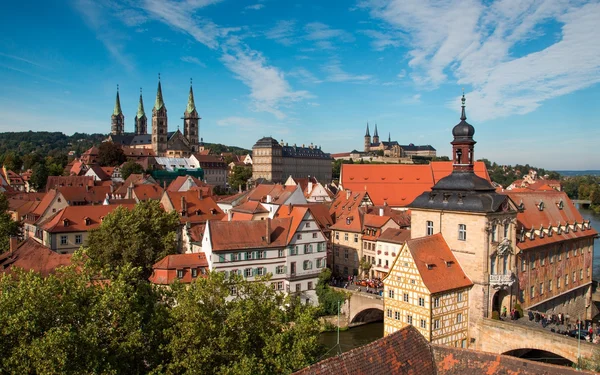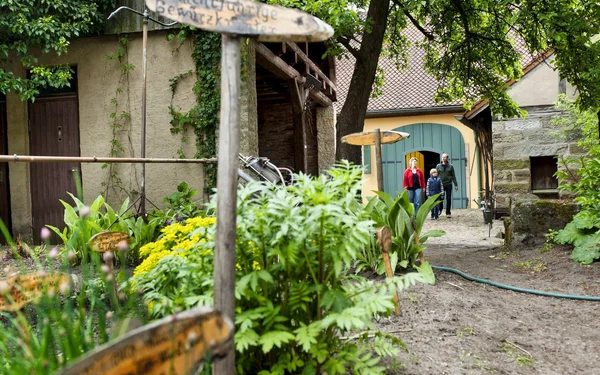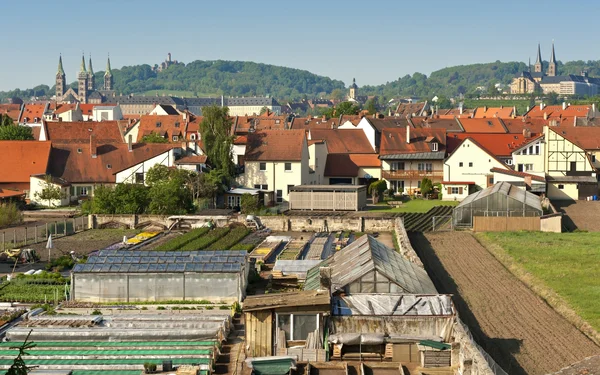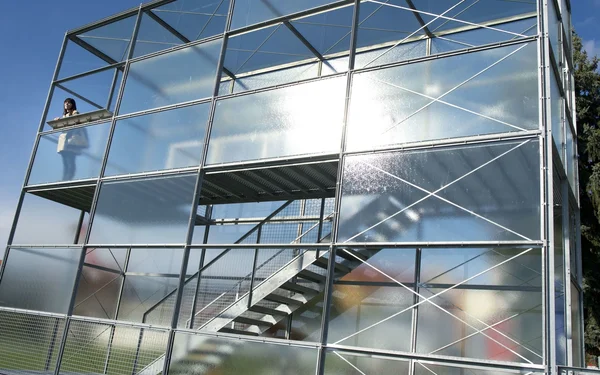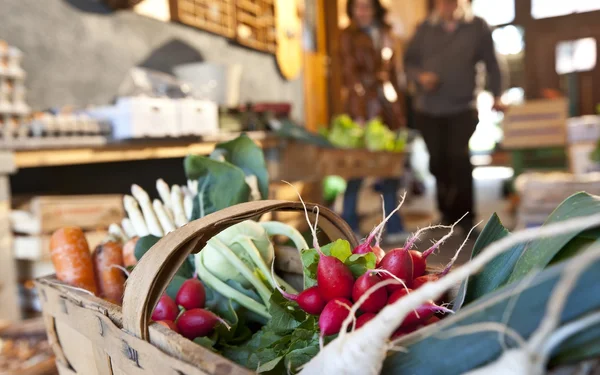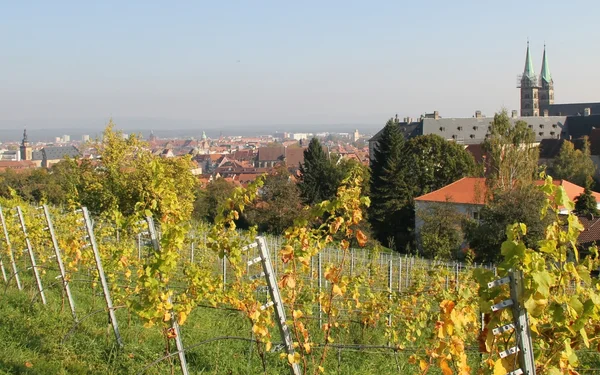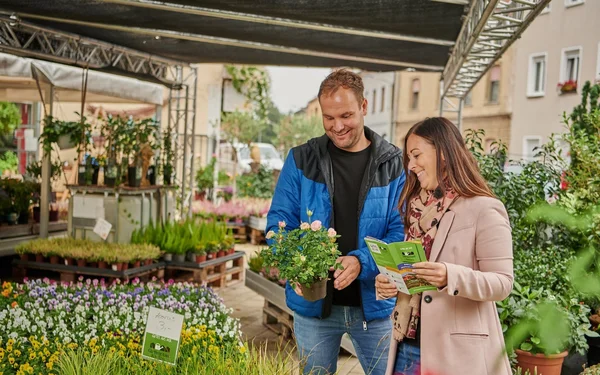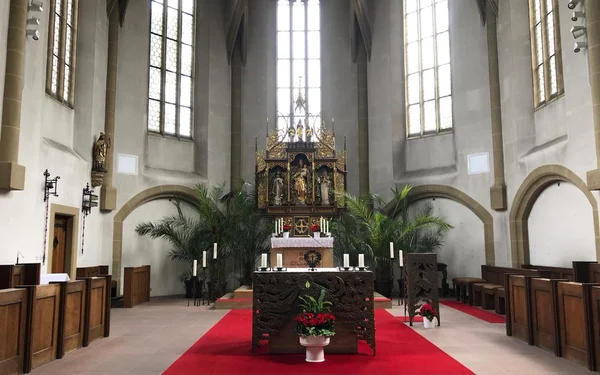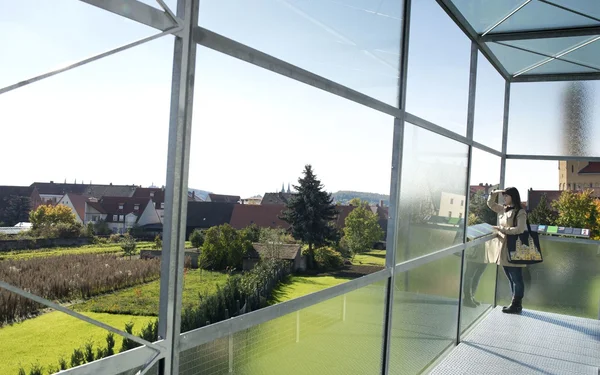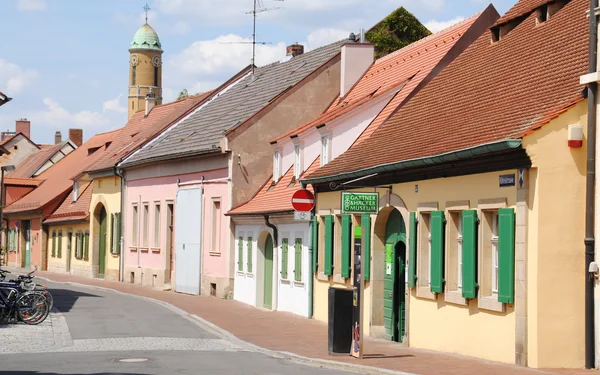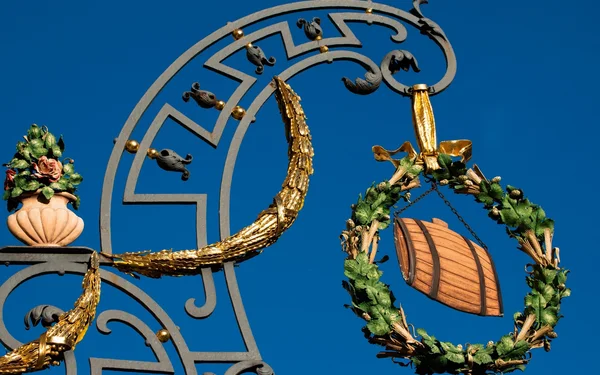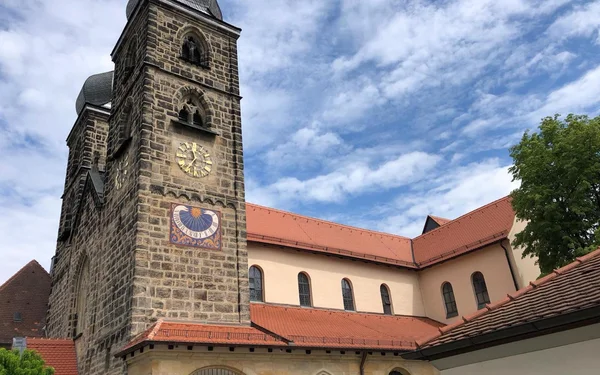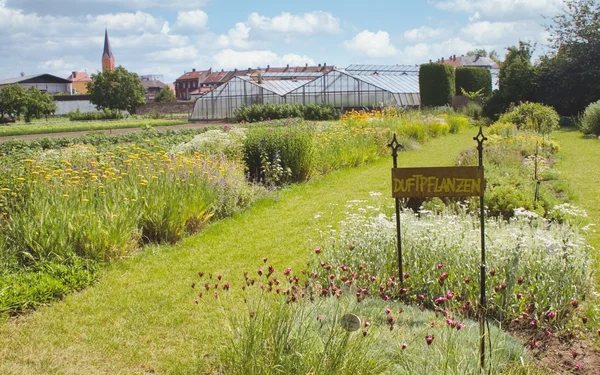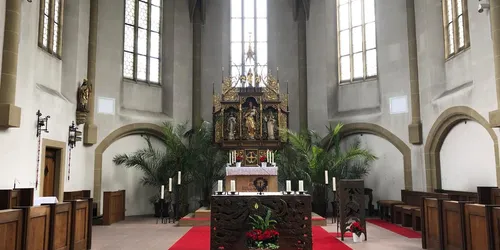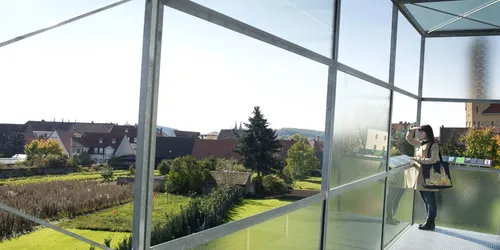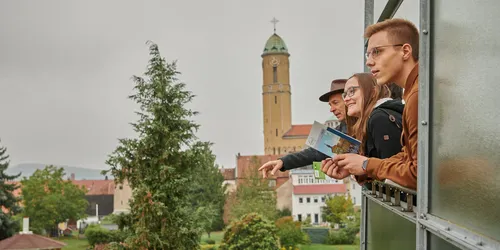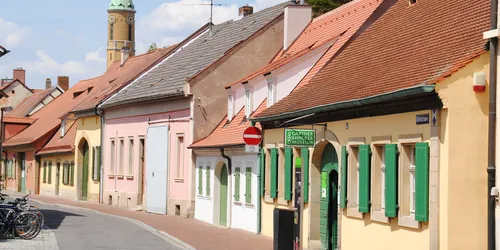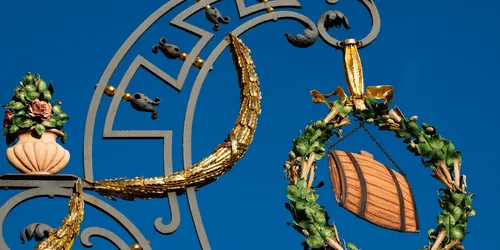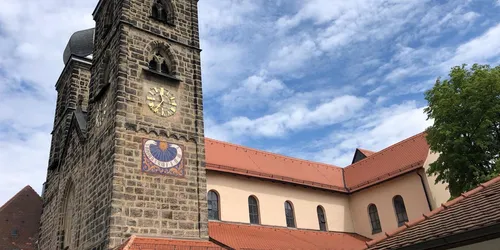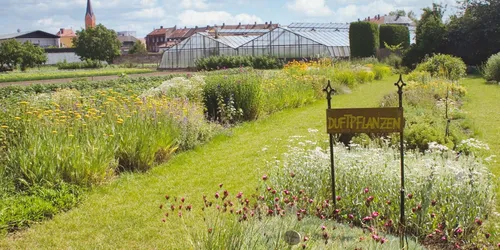On a voyage of discovery in Bamberg's garden centre
Everything you always wanted to know about liquorice: Take a walk and discover the historical world of Bamberg and the horticultural culture of liquorice, aniseed and mustard oil. Discover now!
Bamberg
5 h
4 km
Liquorice, the basic ingredient of delicious liquorice, was already an export hit from Bamberg in the early 16th century. Valued as a valuable medicine, it became popular as a sweet in the 18th century with the addition of sugar or honey.
Today, Bamberg is the only place in northern Europe where liquorice is once again professionally grown and processed - in the Bamberg Gardeners' Town. Like the cathedral city and the island city, it has been recognised as a UNESCO World Heritage Site.
Numerous gardening families settled east of the right branch of the Regnitz as early as the 14th century and produced widely popular culinary delicacies. Even today, this part of the city is still characterised by its rural character and is dotted with numerous market gardens.
The 5-kilometre walk will not only make the hearts of all those who love gardens beat faster. You will also experience how old horticultural culture is being revitalised today. The tour offers an insight into Bamberg's former living environments and historical gems, which are well worth a visit not far from "Little Venice" and the imperial cathedral.
But liquorice is not the only traditional Bamberg horticultural speciality. Let yourself be surprised! What's the story behind the Mussärol, for example, or the Bamberg onion? Of course, you will also have the opportunity to sample culinary delights and take home many a culinary souvenir. And perhaps you'll be able to sample some real sweet treats here.
Please check the opening times of the individual tour highlights in the app before you start your journey so that you can take advantage of all the recommendations.
A city tour for nature lovers and culture vultures
Start and end station
Start station
Bahnhof Bamberg
6 tour steps
4 km / 5 Stunden
End station
Bahnhof Bamberg
Our tip: Please make sure to check your train connection and the expected capacity before you start your journey.
Schedule
Tour starts on Bahnhof Bamberg
Direction
Bamberg railway station was put into operation in 1844. The historic building, designed by architect Georg Friedrich Christian Bürklein, has been preserved apart from minor alterations. In front of it is one of the green steles that enrich your walk through the garden centre with information. Here you can read about the bright but also the dark sides of the railway connection for Bamberg's gardeners.
From the station forecourt, turn right into Ludwigstraße. Following Klosterstraße, you will come to an approximately 700-year-old sacred place that was an important centre of attraction in the early days of the Gardeners' Town, the Dominican Convent of the Holy Sepulchre.
Heiliggrabstraße 24
96052
Bamberg
Direction
Heiliggrabstraße 57
96052
Bamberg
Direction
Direction
Obere Königsstraße 19-21
96052
Bamberg
Direction
Direction
Nürnberger Strasse 86
96050
Bamberg
